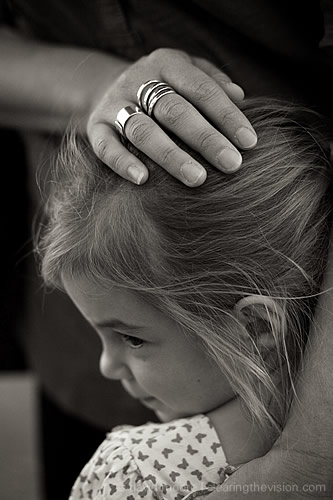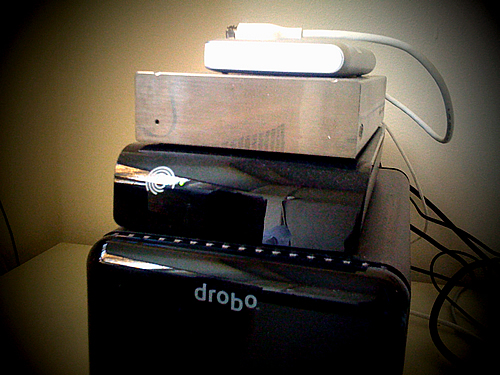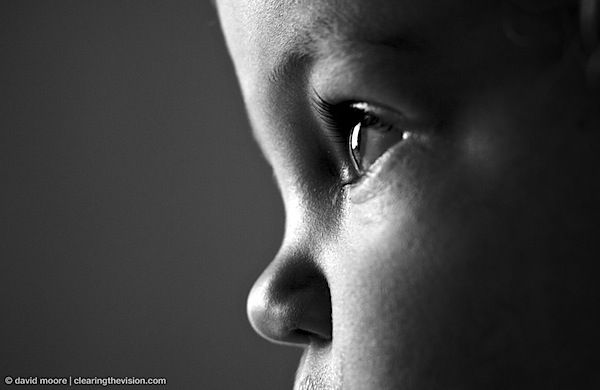
Parties would seem to be a great opportunity to take photographs of your children having fun. And it’s an event you want to capture for posterity – especially if it’s a birthday or other special occasion.
But capturing good images can be more difficult than you’d think. Fast-moving cake-fuelled children, indifferent light and lots of visual clutter all offer challenges.
Here are some tips for getting the most out of a children’s party
1) Don’t shoot from your normal height
Getting down to eye level with the children often produces better results than shooting down on them from the normal parent-view height. The pictures are more involving and you don’t just see the tops of little heads.
Alternatively, shooting from directly above, or way down low can also produce some interesting results
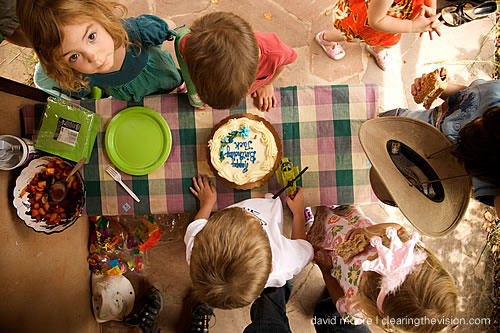
2) Mix up the type of shots
I mainly shoot candid shots of the children with a reasonably long lens (most often a prime 85mm f/1.8 on a full-frame camera), but even with a single prime lens it’s worth looking for a range of shots.
The cake, the pile of presents and other details will help set the scene, as will wider shots of the room and bunches of kids.
The key is to imagine you’re telling the story of the party through your series of photographs – what images would you need to explain it someone who wasn’t there?
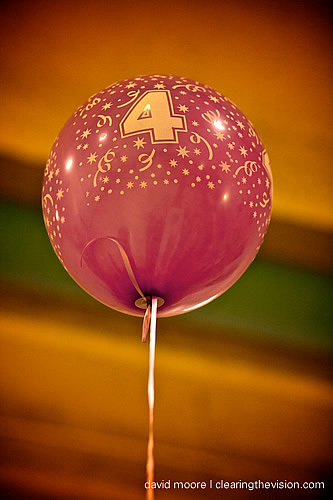
You can often get some of the details before too many people arrive, when you’ve got more time. Before and after shots of the scene of the party can also work well – especially if there’s a piñata and lots of wrapping paper involved.
3) Remember whose party it is
Especially if it’s your own child’s party, don’t forget that they’re the ones who should have the most attention paid to them photographically. I speak from hard experience on this one. At one of my daughter’s birthday parties I took roughly an equal amount of photographs of everyone there, just shooting whatever appealed to me.
As it turned out, not many of the shots of my daughter turned out to be that great, which was unfortunate but also ridiculous on my part – whatever else you photograph, make sure you have plenty of good shots of the child whose party it is.
4) Shoot the key moments
You’ll probably spend most of your time getting candid shots of everyone enjoying themselves, but there will also be some must-have moments, like the birthday boy blowing out the candles, or the attacks on the defenceless piñata. If it’s not your party, check with the hosts about what’s planned so you don’t miss the important elements.
A note on the candle blowing photograph. This can be tricky to capture well, and you can’t really ask for a re-shoot. So here’s how I try and approach it.
- make sure your flash is off if you have one, so the face is lit by the lovely warm candle light (the brighter the ambient light in the room, the less you’ll see the light of the candle, though)
- I use exposure compensation to underexpose by -2/3 or so, which will darken the shot a little, creating a bit more drama and emphasis on the face
- if you’re shooting indoors and it’s not very bright, watch that you’re not choosing an aperture that will result in too narrow a depth of field, unless that’s what you intend. If you’re in close at f/2, what’s in focus is likely to a very thin sliver (probably not both candle and face if you’re shooting head-on)
- burst mode (if you’re camera has it) will give you the best chance of getting a good shot of the moment the candle is blown out. Sometimes kids can look a little odd as they puff out their cheeks and blow, so having lots of images to choose from can help
- kids all tend to gather round the cake with wide eyes, so if there’s time a wider shot of all the friends staring can be worth it, too
5) Party etiquette
If it’s your party, then shoot away, but if it’s someone else’s then you should check with the hosts that it’s OK (often they’ll be delighted that there’s a keen photographer taking pictures – make sure to share them, though). This is especially important if there are friends of friends there that don’t know you – even if the hosts are happy for you to shoot, be aware and sensitive to particular parents’ wishes if they’re not keen on you photographing their child.
You should also make sure to be respectful and friendly to the kids – they’re at the party to enjoy themselves not to follow instructions from grown-ups they might not know that well. So let them do their thing without intervening, or introduce yourself and make taking photographs part of the fun – showing them the results of their antics on the back of the camera for example.
6) Technical issues
Especially in the summer, there can be a lot of indoor/outdoor mixing at parties, so make sure you change your ISO and other settings to reflect the different lighting conditions. In these situations I often leave the camera in Auto White Balance mode and make any necessary white balance adjustments later (I shoot RAW, though, so if you shoot jpgs you’ll have less lee-way on this).
I tend to shoot in Aperture Priority mode, which gives me quick control of depth of field as I make decisions about what sort of images I want. But I’m always checking the shutter speed is fast enough to freeze the motion of the fast kids (unless I’m deliberately going for some motion blur). I tend not to use flash at all, but if I were to use it I’d employ a diffuser and/or bounce the flash to avoid it overpowering the scene.
A tripod would just get in the way, and won’t freeze motion anyway, so leave it at home and handhold. As mentioned above, burst mode will give you more options of capturing a crucial scene successfully.
Conclusion
The main point of party is to have fun, so unless you’re on the clock while you’re shooting, remember that first of all you should be enjoying yourself. But I hope these tips will leave you with some memorable party photographs to help you remember what a good time you and the guests had.
I’d love to hear your suggestions and tips for taking better party photographs – feel free to share them in the comments below.
